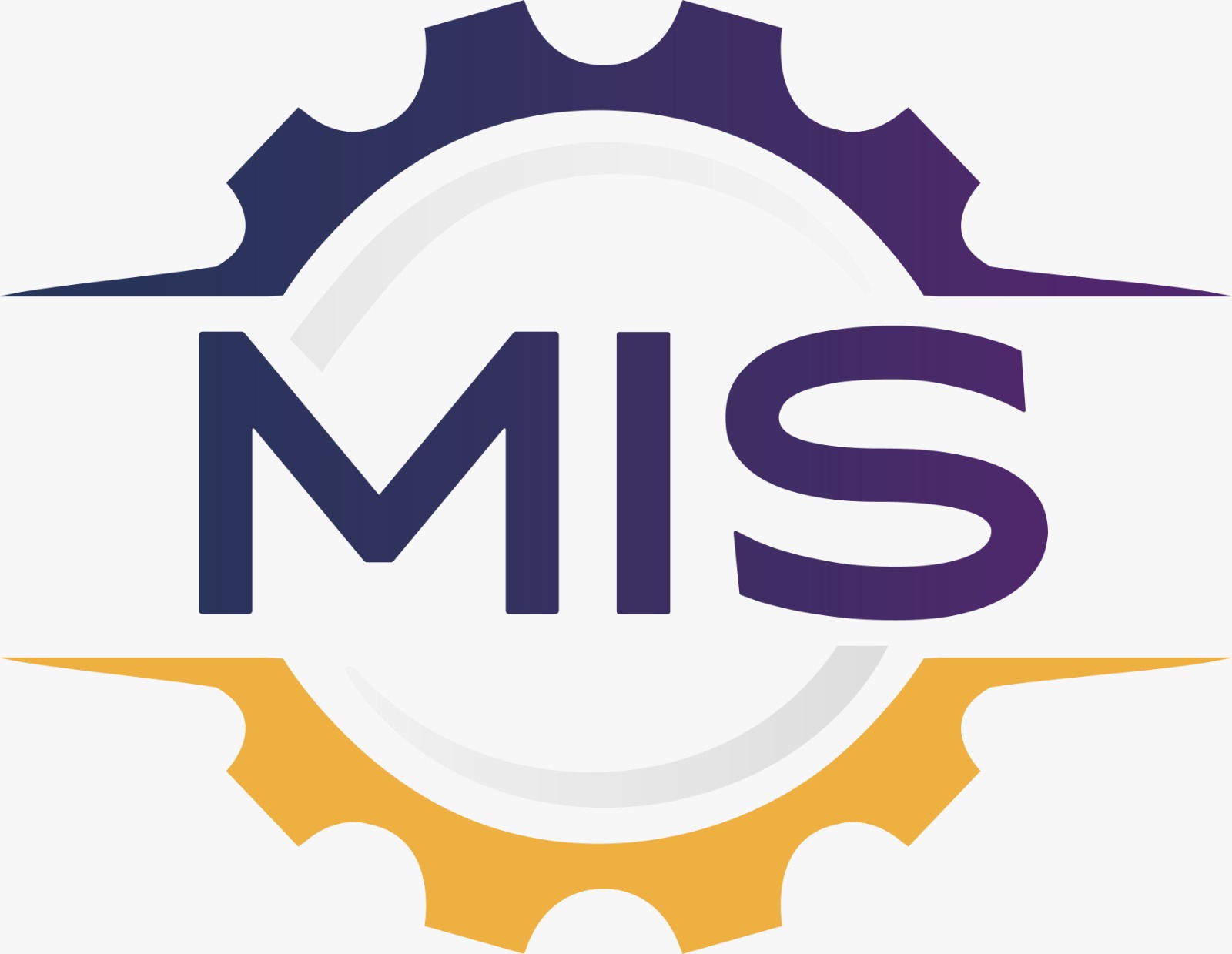
1-Economic Impact: Revealing How Pakistan Iron Rate Profoundly Influences Industries and Consumers
The iron and steel industry in Pakistan plays a crucial role in supporting the country’s industrial growth and infrastructure development. Recent volatility in local iron rates has significantly impacted industries dependent on steel along with the daily lives of common consumers. This article analyzes the key factors influencing Pakistan iron rate together with the resulting effects on major industries and people.
Introduction
Pakistan’s iron and steel industry meets the demand of essential sectors like construction, appliance manufacturing, infrastructure, energy, and automobile manufacturing. Per capita steel consumption is around 43.6 kg in Pakistan compared to 150 kg in developed economies, indicating the industry’s potential for further growth. However, fluctuating Pakistan iron rate due to changes in global supply/demand, production costs, government policies and more have created uncertainty for businesses and consumers alike.

Factors Influencing Pakistan Iron Rates
Global iron ore supply was impacted after Brazil’s Vale closed mines following a disastrous collapse in 2019. Transportation problems in Australia along with declining scrap supply from Europe also caused spikes in global rates. As Pakistan imports nearly 30% of iron ore, global pricing significantly influences domestic rates. Additionally, rising energy costs, freight rates and rupee devaluation against the dollar strain local steel producers and push up rates. Despite efforts to switch to local coal, Pakistan still depends largely on imported coal/coke which is susceptible to supply constraints and dollar rate volatility.
Impact on Major Industries
l Automotive Industry
As steel accounts for nearly 75% material used in automobiles, Pakistan auto industry remains at the mercy of rate volatility. Manufacturing costs go up with higher steel rates which auto companies tend to pass on to customers via frequent price hikes. This minimizes sales volumes and earnings. The resulting uncertain business environment also discourages new investments which can help localize production and develop Pakistan’s auto ecosystem.
l Construction Industry
Iron and steel in the form of rods, girders, wires and related products are extensively used in building homes, offices, bridges and power plants. As rates influence construction budgets of public and private sector projects, volatile pricing makes planning and completion of development initiatives uncertain. This particularly affects critical power, infrastructure and public housing schemes which rely on securing stable budgets.
l Appliance Industry
The appliance industry in Pakistan utilizes steel and its products for almost 60% of raw material needs. Refrigerator, air conditioners, microwave ovens, washing machines along with related parts depend highly on predictable steel rates to maintain targeted retail prices and sales. As volatility squeezes margins, manufacturers prefer limiting production volumes which affects domestic supply along with export competitiveness.
l Impact on Consumers
For average Pakistani consumers already struggling with double-digit food inflation and record fuel rates, fluctuating steel prices directly influence affordability of essential purchases. Cars, new homes and vital appliances become difficult to acquire for middle and lower-middle income groups. In fact, the situation often forces people to delay or even cancel important spending decisions related to marriages, childbirth and family priorities. Hence, unstable Pakistan iron rates diminish public purchasing power and negatively impact standards of living.
l Impact on Pakistan’s Economy
Besides hurting industries and consumers, volatile domestic steel rates also hamper Pakistan’s wider economic growth. As industries dependent on iron and steel account for over 10% of the GDP, shrinking contributions amid rate volatility triggers lower tax revenues, job losses along with decreased economic productivity. At the same time, depressed household consumption and postponed infrastructure projects undermine sustainable growth required for increasing national exports and competitiveness. Hence, the GDP ends up paying the price which further stagnates socio-economic progress.

Government Interventions
In efforts to provide relief from uncontrolled rate hikes, the government has attempted selective interventions at times such as import duty reductions and sales tax exemptions. However, such measures offer temporary respite only by affecting treasury revenues and widening trade deficits. A more sustainable policy approach should focus on cutting local manufacturing costs by addressing energy affordability issues and facilitating technology upgrades. Long term rate stabilization also requires diversifying import sources along with optimizing transportation infrastructure.
Outlook for Coming Months
Industry analysts expect Pakistan iron rate are domestic steel demand to reach record levels by 2025 based on rising construction activity and large residential housing backlog. However, scarce iron ore reserves and reliance on imports implies pricing will stay vulnerable to external supply shocks. As global volatility is estimated to continue, Pakistan iron rate government must enhance support for local industry by resolving key challenges like inconsistent energy supply and high logistics expenses which have kept costs much above regional average.
Automobile Industry Struggles to Stay Profitable
For Pakistan iron rate auto industry still in growth stage, frequent steel price changes directly hit vehicle manufacturing and allied parts production through rising costs. This makes demand forecasting, inventory management highly tricky while making deliveries unpredictable owing to unstable raw material pricing. Commercial buyers defer orders affecting sales. Rising car financing costs owing to higher input costs also negatively influence automobile affordability.
Ripple Effects Hurting Economic Growth Momentum
As steel remains indispensable across infrastructure sectors, volatile domestic rates severely hamper road, housing, power and bridge project executions through budget overruns and delays. This has slowed down Pakistan’s economic progress. At the same time, appliances, farm equipment, consumer goods manufacturers witness huge destocking in rural markets as price elasticity directly impacts small town market sales. Hence, the economic pain cuts across urban and rural divide .
Policy Pathways to Make Local Steel Industry Resilient
Pakistan iron rate government needs urgent interventions through integrated strategy covering trade, taxes, infrastructure and industry support if economic agenda has to get back on track. increasing capacity of state producers, entering joint ventures with Chinese companies situated near iron ore reserves can help overcome supply shortages. Developing steel futures and effective hedging mechanisms can shield businesses from global pricing volatility effects to some extent. Strict vigilance against speculation and false shortages will make the operating climate fairer.
Outlook Still Optimistic Despite Challenges Ahead
Despite turbulent conditions presently, Pakistan iron rate demand potential remains bullish in the long run as massive upcoming infrastructure projects, rising incomes shall fuel steel appetite over the next decade. However, the government must move actively and swiftly to release the handbrake caused by local steel industry instability on the economy. The need of the hour lies in creating effective regulatory policies encompassing all aspects of production, pricing and consumption
Conclusion
In conclusion, Pakistan iron rate and steel industry serves the backbone for industrial and infrastructure growth. Hence, Pakistan iron rate arising from both international and domestic factors should be addressed through coordinated strategies engaging all stakeholders. Besides financial aid for steel-dependent sectors, the government must focus on initiatives that maximize local coal usage, make electricity affordable, upgrade production technology and diversify import sources. Creating the right policy framework and implementing industry support programs will go a long way in insulating industries and consumers from pricing volatility.
FAQs
Q1:What are the main factors causing frequent changes in Pakistan iron rate?
The major factors are global supply-demand volatility, rising imported input costs, power tariffs for local steel mills, capacity constraints and rupee devaluation.
Q2:Which major industries are the worst impacted by unstable steel rates in Pakistan?
The automotive, construction, infrastructure, appliances and agriculture equipment sectors face severe challenges due to fluctuating steel pricing.
Q3:How does volatility in local steel rates impact an average consumer in Pakistan?
It directly impacts affordability of buying vehicles, appliances, homes causing many to delay or cancel purchases affecting living standards.
Q4:What steps can government of Pakistan iron rate take to ease volatility in domestic steel rates?
Options include increasing local production, entering partnerships with global iron companies, facilitating hedging tools, upgrading regulatory policies and taking anti-speculation measures.
Q5:Will demand for steel witness an increase or decrease in Pakistan iron rate over next decade?
Steel demand has strong growth potential owing to rising population, rapid urbanization and major infrastructure projects in pipeline.




Post a comment